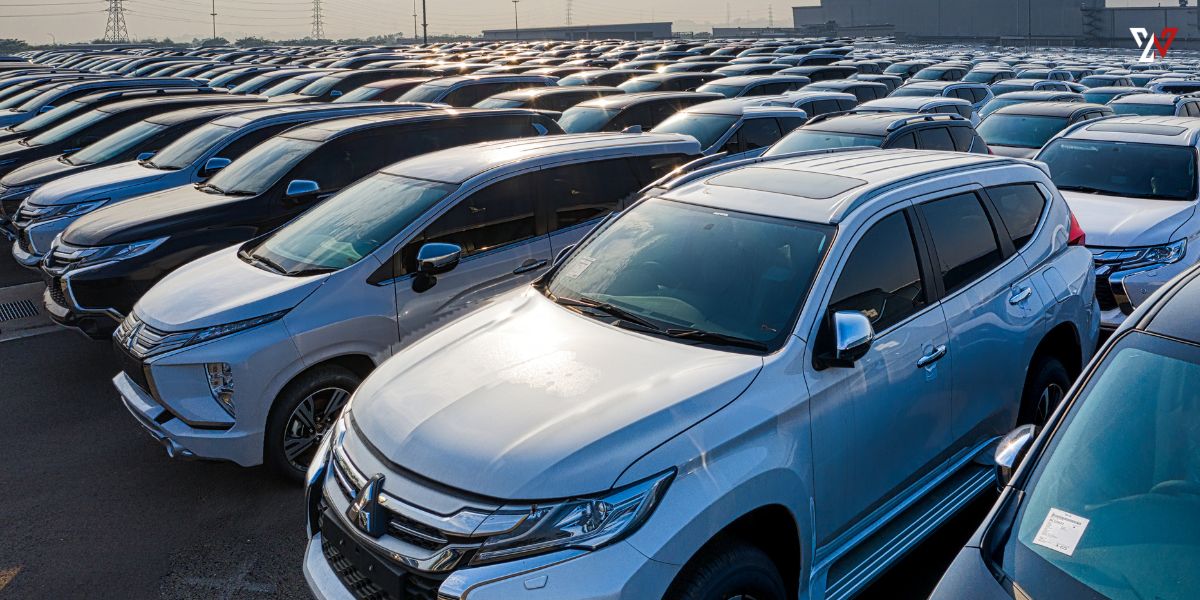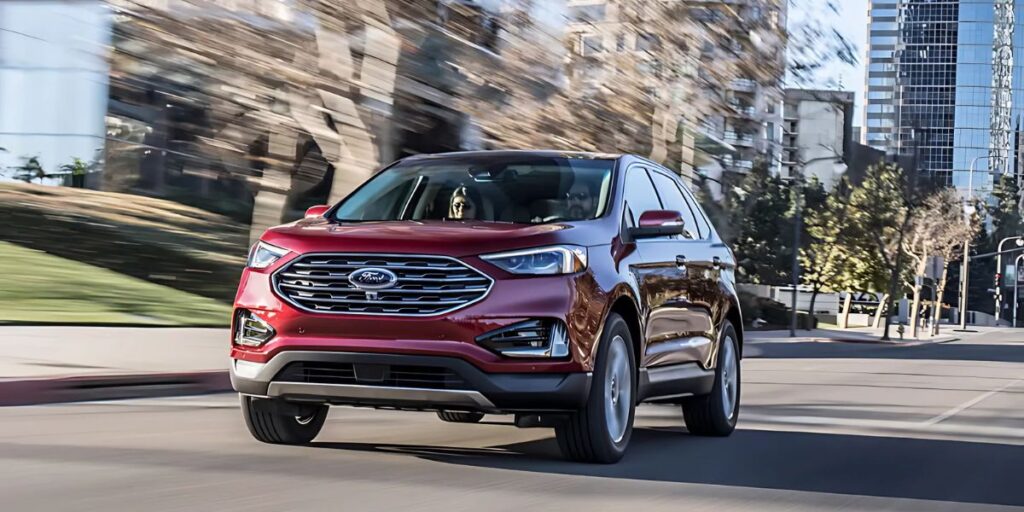The new framework, though not yet legally binding, reflects the political will on both sides to ease trade tensions that have loomed large since the imposition of steep tariffs earlier this year. While the full text of the agreement remains unpublished, official statements from U.S. and EU representatives confirm that cars and car parts from Europe will now be subject to a 15% import tariff—down from the 25% rate imposed in April, but still considerably higher than the pre-2025 standard of 2.5%.
According to Reuters, the 15% rate is now the maximum tariff, not an additional duty layered on previous ones. This move mirrors a similar trade agreement struck between the U.S. and Japan just last week. Both deals reflect a broader trend: international automakers are securing better access to the U.S. market while American manufacturers face growing pressures at home.
Detroit Left Behind?
Domestic automakers—especially the Big Three based in Detroit—may have reason to worry. The American Automotive Policy Council, which represents Ford, GM, and Stellantis, vocally opposed the Japan deal but has remained silent on the EU pact. Industry insiders speculate this could signal behind-the-scenes discussions with the White House in hopes of securing similar relief.
The issue? Many American automakers shifted production to Mexico and Canada in response to earlier trade incentives. Now, vehicles built in those countries face the full 25% tariff—meaning they’re at a competitive disadvantage compared to Japanese and European imports that now enjoy a reduced 15% rate.
CNN points out that this has created an uneven playing field. “The 15% auto tariff on EU cars imported to the United States undercuts the 25% tariff American automakers pay if their cars are built in Mexico,” the outlet noted.
High Tariffs Still the Norm
Although the new agreement eases pressure slightly, tariffs on European auto imports remain historically high. In just four months, rates have bounced from 2.5% to 25%, and now down to 15%. That’s still six times higher than the pre-2025 levels, which concerns European manufacturers.
Hildegard Müller, president of Germany’s VDA (Association of the Automotive Industry), warned that “the U.S. tariff of 15% on automotive products will cost German automotive companies billions annually and place a burden on them in the midst of their transformation” to electric vehicles (EVs).
That transformation is non-negotiable, with the International Energy Agency estimating that 25% of all global car sales in 2025 will be electric. As EV adoption accelerates globally, any financial hit—like high U.S. tariffs—can have a ripple effect on automakers already navigating expensive production shifts.
Market Reaction & Next Steps
The initial response from European markets was optimistic but short-lived. According to The New York Times, stock prices for leading carmakers like Volkswagen, Porsche, BMW, and Volvo dropped by more than 2–3% on Monday after the deal was announced.
Meanwhile, South Korea is also said to be in negotiations with the U.S. for a similar tariff reduction, further widening the divide between international and domestic players.
As the deal stands, it is a political agreement—not a final, legally ratified trade treaty. Still, the message is clear: the U.S. is reconfiguring its trade strategy in real-time, and domestic automakers must quickly adapt or risk falling further behind.















